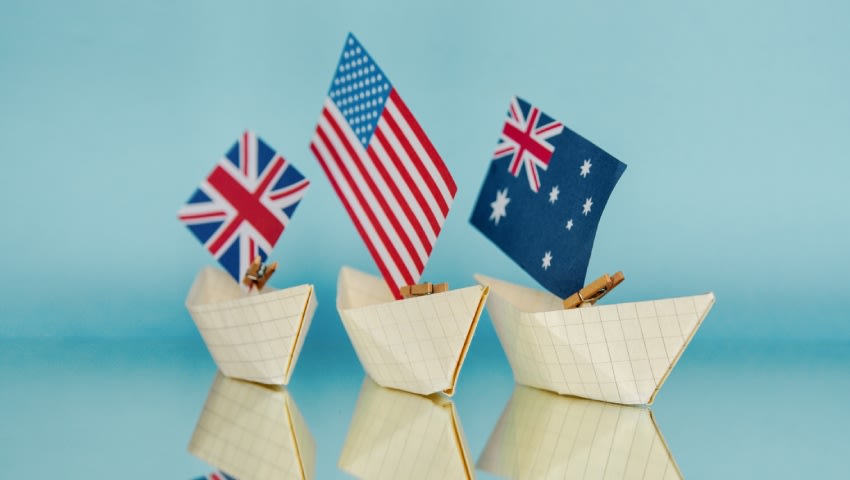Lolcake
Active Member
Again, there isn't an unlimited pot to dip into. In an ideal world we wpuld purchase these IFVs at no detriment to other assets that would be better force multipliers. It's about priorities. Where do ifv vehicles fit into a battle in the south China Sea? Which assets would better defend our shipping lanes as an island nation?$18 to 27 b in out-turned dollars that buys vehicles, industry, facilities, spares and sustainment support until at least 2042? To replace a platform that if it was RAAF would be a Mirage III or RAN a Charles F Adams?
Yes. That is vital. And no, it's not the 'best' IFV (whatever that means - best is situational and arguable). I mean, there are enough internet peeps that tell me a Puma is better than a Lynx, and at least they are easily comparable. What the winner will be is the best IFV that balances cost, capability and sustainability. Choosing a capability is significantly harder than many here realise, and you cannot compare how nations buy or negotiate orders. Slovakia's $$ buy has as much relation to the ADF as my weekly shop has to McDonalds.
As an aside, the public reason for not going ahead with the CV90 was that it cost too much...
20 to 27 bn 'out to 2042', could sustain more subs, ASW assets and ships and also Local manufacture of hypersonics for these subs. Perhaps even nuclear capable B-21s could be purchased with that coin. That money could also be an opportunity for Australia to put some big boys pants on and start a fully fledged nuclear power and weapons industry as a proper deterrent force, because China sure as anyhing isn't sitting around with regards to its nuclear asset acquisition a further option is a larger Investment in air defence(thaad-er or equivalent) and local himars production.
I know where I would rather put my LIMITED money in a future war in our strategic space.
The loss could be someone offset with Boxers and additional bushmasters. I just cannot agree with that outlay given our situation.
Regards
@Lolcake
There is no indcation that Australia will pursue nuclear weapons. All statements made by goverment reiterate the fact Australia will not pursue nuclear weapons. Added to this our main allies would not support Australia getting nuclear weapons. In fact the US actively work against such proposals (Japan and Republic of Korea being a case in point). The UN as an organisations would also not support Australia getting nuclear weapons.
Suggest you drop this line of discussion.
alexsa
Last edited by a moderator:

